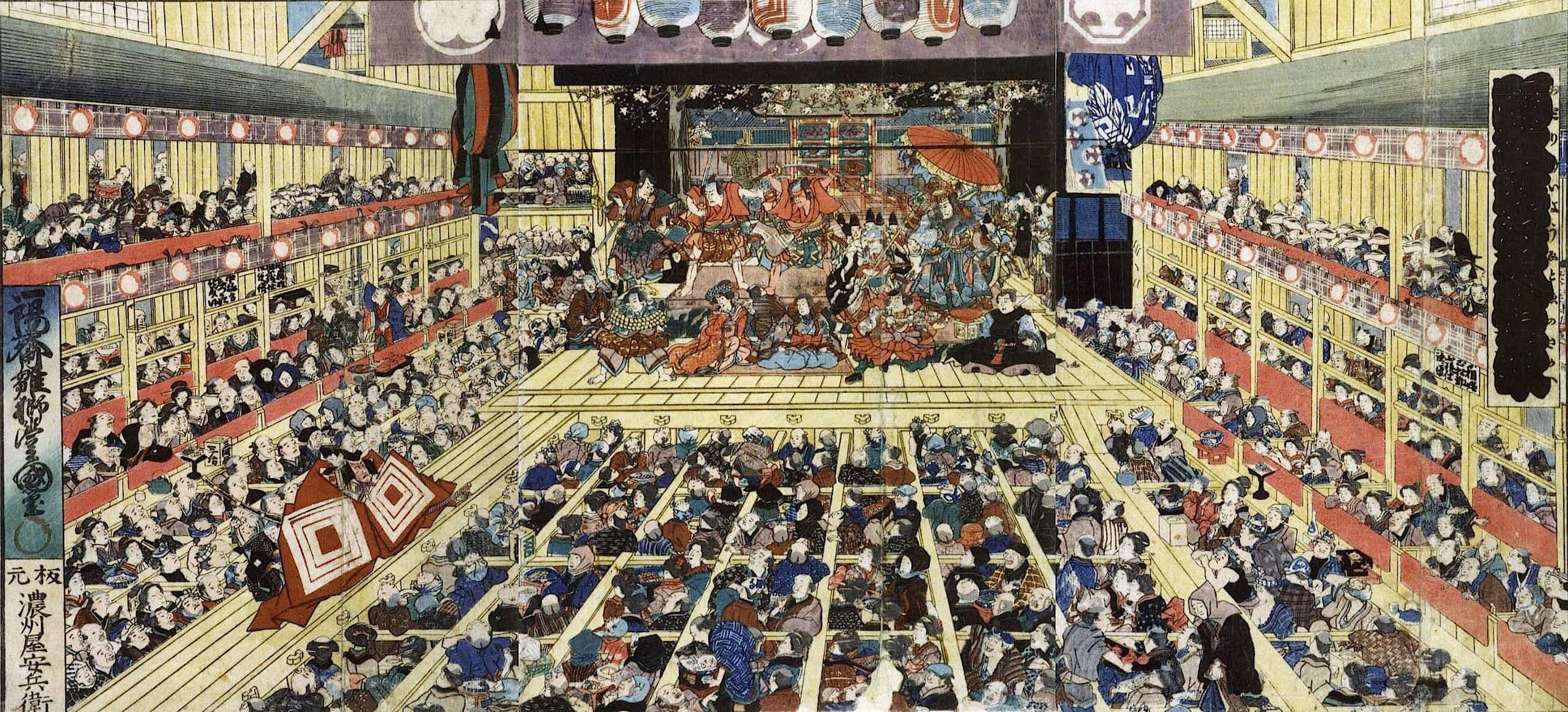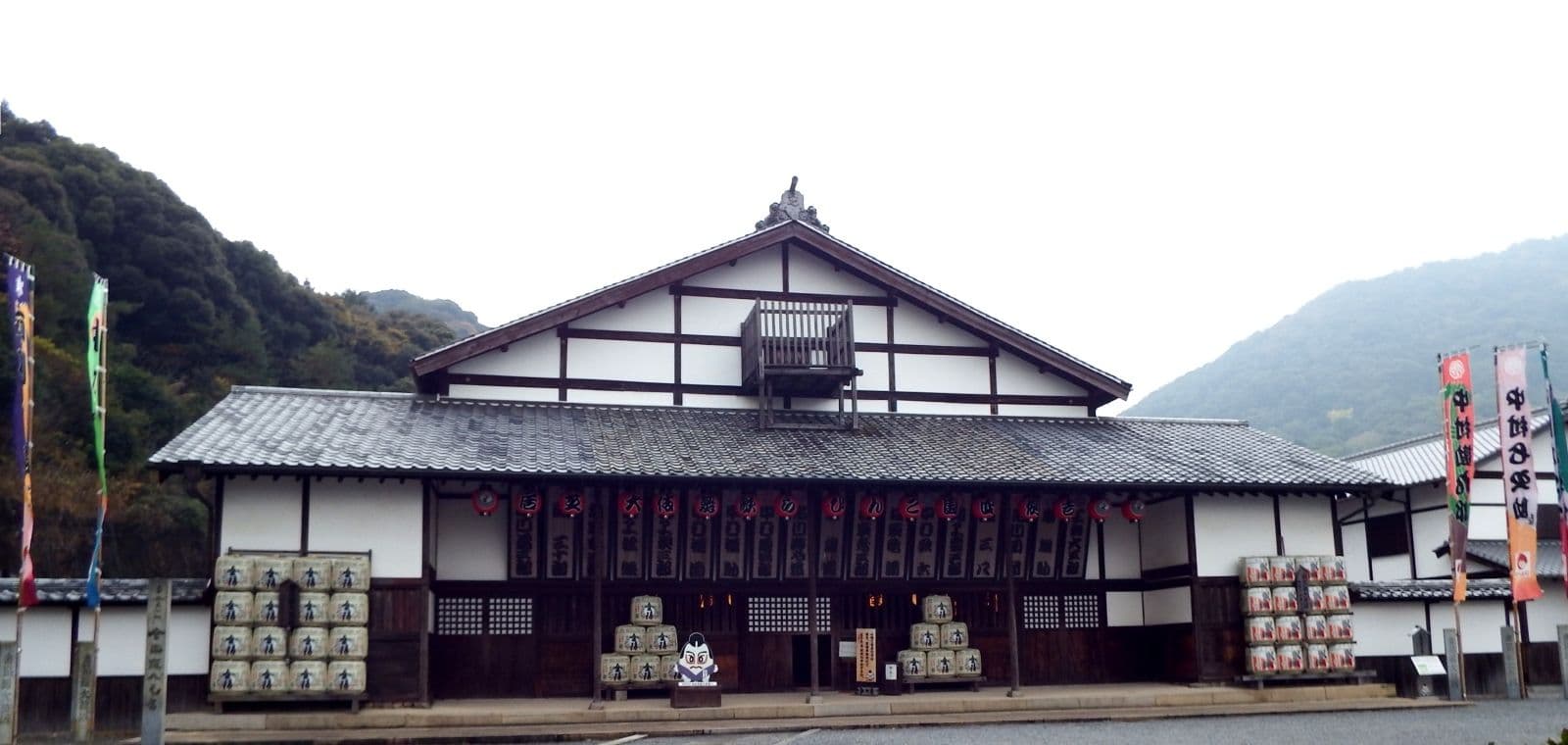
Kabuki
歌舞伎Kabuki is a classic Japanese theater style that has been enthralling audiences for over 400 years. The word “kabuki” means “sing-dance drama,” which accurately describes this art form. Kabuki boasts impressive costumes, intricate makeup, and dynamic performances, making it a must-see for anyone interested in Japanese culture and history.
The roots of kabuki date back to the early 1600s, when a young performer named Okuni began performing in Kyoto. Her shows combined dance, music, and storytelling, and they soon gained popularity among both the general public and the nobility. Over time, kabuki transformed into a more sophisticated form of theater, incorporating elements from traditional Japanese Noh theater and aspects of popular culture.
Kabuki is known for its highly stylized acting and gestures, with actors using exaggerated movements and facial expressions to convey emotions and their characters' personalities. The costumes and makeup are also an integral part of the performance, with brightly colored, intricately designed robes and masks that bring the characters to life.
The modern form of all-male kabuki actors, referred to as "yarō-kabuki" (young man kabuki), was established during the 1628-1673 time period, after a ban on women and young boys from performing. Male actors who dressed in women's clothing, referred to as "onnagata" (woman role) or "oyama," took over the roles previously played by women and young boys. Adolescent men were still preferred for female roles due to their more feminine appearance and higher pitched voices.
Music and sound effects play a crucial role in kabuki as well. From the haunting melodies of the shamisen, a traditional Japanese string instrument, to the thundering drums during battle scenes, the sounds and music in kabuki provide a rich and immersive experience for the audience.
Kabuki is also famous for its elaborate stage designs and special effects. From the use of smoke and mirrors to simulate a night sky to the complex mechanical backdrops that create a sense of depth and dimension, kabuki productions are true works of art.
Despite its long history, kabuki remains as popular today as it was in the 1600s. Whether you’re a fan of traditional Japanese culture or just appreciate a mesmerizing performance, visiting a kabuki theater is an unforgettable experience. If you’re in Japan, be sure to catch a kabuki show and witness this unique and fascinating form of theater.
Related Places
Last Updated:
